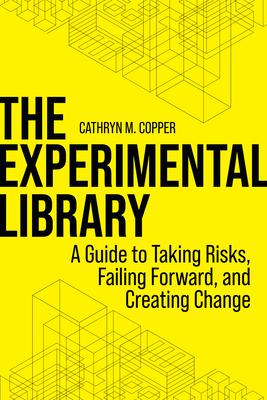The last five years have demonstrated that sticking with the status quo is not an option; instead, as the experiences of many libraries have shown, those that experiment are better positioned to adapt to rapidly changing environments and evolving user needs and behaviors. This guide shows how to draw from new approaches and technologies to harness experimentation as a tool for testing ideas and responding to change. It borrows ideas and inspiration from the startup sector to teach you how to take a human-centered and design thinking-based perspective on problem solving. Inside this book, you will discover
- why experimentation is possible on any budget and can be undertaken by anyone at an organization;
- ways to foster a culture of experimentation, which recognizes the importance of incorporating curiosity into work and daily life;
- the distinctive characteristics of technology companies and startups that make them experimentative, and what libraries can learn from these sectors' techniques;
- dozens of examples of experimentation from academic, public, and school libraries as well as non-library governmental settings;
- the basics of design thinking, which plays a leading role in brainstorming;
- guidance on employing IDEEA (Ideate, Design, Experiment, Engage, Assess) as a five-part process for trying out ideas by formulating prototypes;
- how to engage users in testing to identify the pros and cons of a prototype; and
- a concrete roadmap for bringing the culture and method of experimenting to your library, from understanding how to embrace failures in order to learn from them to acquiring the skills necessary to experiment, creating teams that thrive with experimentation, and communicating successfully around experiments.
